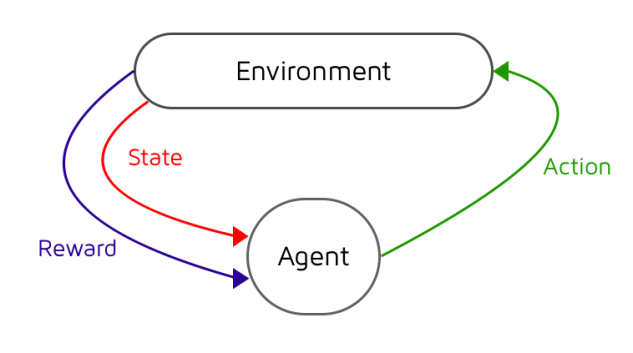Artificial Intelligence System for Smart Energy Consumption Report
Exclusively available on IvyPandaTable of ContentsThe proposed energy consumption saver is an innovative technology that aims to increase the efficiency of energy consumption in residential buildings, production and commercial facilities, and other types of structures. It integrates an artificial intelligence (AI) system that reads energy consumption data autonomously through power points (electrical outlets with wireless adapters attached to them), analyses the collected information, calculates optimal consumption levels, and informs users about a need to adapt consumption behaviours.
We will write a custom essay on your topic
811writers online
This report will review the major elements contributing to the effective functioning of the AI-based technology, including datasets, pre-processing factors, and machine learning mechanisms. Additionally, potential sources of error that may arise from data sources will be discussed, along with the primary ethical and security implications of the AI system.
Machine Learning Model: Reinforcement Learning
For data analysis, the energy consumption saver will utilise the Reinforcement Learning (RL) algorithm. The RL model is concerned with “how a learning agent learns what to do (action) in a given situation (state) by interacting with an environment to maximize or minimize numerical returns (rewards)” (Kim & Lim, 2018, p. 2). A schematic depiction of basic RL mechanisms is given in Figure 1.

Figure 1: An illustration of mechanisms driving RL, where Agent is the AI technology interacting with the environment (Juvin, 2017).
In formal terms, the primary problem of this learning model is to optimise a reward function R within a certain location or state in an environment x. The objective of RL is to define the variable of location/state x* that affords the maximum reward R(x*) (Sutton & Barto, 2018). Compared to Deep Learning that implies learning from a training set and then implementing the same mechanism on newly gathered data, RL is usually not provided with any training examples.
However, for the proposed energy consumption monitoring technology, RL will be given an initial system condition based on the consumption and expense preferences of power consumers in a building. Two conditioning variants, cost-preferred and comfort-preferred, will be available, and a user will be able to find the most suitable balance between the two solutions.
The main distinguishing feature of RL – a high degree of dynamism – will be preserved in the proposed AI technology. The term “dynamism” implies here that the RL system adjusts its actions depending on continual feedback in order to maximise rewards, that is, the best-expected outcomes associated with power use (Marr, 2018). In other words, the AI technology will try different actions aimed to increase the efficiency of energy consumption and will evaluate whether a certain action helps to achieve a more favourable change. Afterwards, it will reinforce the actions that work best and, in this way, the computer will engage in an ongoing, autonomous modification of its algorithms through the process of trial and error until a decision delivering the most advantageous results is reached.
Another important feature of RL is a long-term memory that allows for bypassing exploratory search and minimising the need to repeat actions that were unsuccessful before. Over some time, the system builds a substantial library of states (Dooraki & Lee, 2018). In the proposed AI project, these states will include optimal energy consumption outcomes, including the overall amount of energy utilised and electricity costs incurred, as well as related user behaviours. It is worth noting that search is a continual process in the RL model, yet its results are arranged in a way that reduces search efforts or entirely eliminates them over time and as significant experience is gained.
Our Advantages
Quality Work
Unlimited Revisions
Affordable Pricing
24/7 Support
Fast Delivery